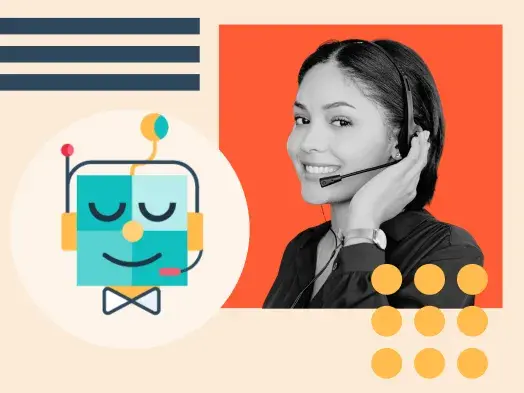In this article, I’ll share insights I found on how to train AI chatbots effectively, ensuring they deliver seamless, human-like service experiences every time.
Table of Contents
- How AI Chatbots Help Service Teams
- How to Train Service Chatbots
- When to Get Your Tech Team Involved
- Tips for Training a Service Chatbot
- Building an AI Bot
How AI Chatbots Help Service Teams
AI chatbots are revolutionizing customer service. But how? What exactly do they do for the human agents already tasked with the responsibility of addressing the needs and concerns of the organization’s customers?
1. Respond to Questions and Inquiries 24/7
To borrow the words of Kieran Flanagan, HubSpot’s senior vice president of marketing, “In an AI world, support is live 24/7.” This couldn’t be more relevant in today’s always-online environment where customers expect immediate responses, whether it’s 3 p.m. or 3 a.m.
What this means is that if your company is setting up a pop-event with amazing offers and discounts and you’ve done all the hard work of attracting the customers, someone — something — is there to ensure that your business never sleeps, providing instant (and reliable) answers to customer inquiries around the clock.
2. Personalized Customer Interactions
Today, 78% of customers expect more personalization in interactions than ever before. They don’t want to be just another ticket in the queue — they want to feel seen, understood, and valued. I learned that this need is driving how businesses approach customer service, and AI chatbots are at the forefront of this shift.
Many Customer Relationship Management (CRM) leaders (86%) already confess that AI makes customer correspondence more personalized, especially as it can do things like analyze customer data to tailor responses and recommendations in real time. These are things a human agent may be unable to do, especially at scale.
3. Lead Qualification and Escalation
An AI system can handle hundreds or even thousands of support tickets per day compared to a human agent. Still, some requests are best handled by a human support agent.
In this case, the chatbot acts as a first line of engagement, ensuring only the most valuable or complex inquiries reach human reps. AI chatbots can also engage with potential customers, ask qualifying questions, and pass along valuable leads to human agents when necessary.
4. Collect Customer Feedback More Efficiently
Which would you respond to faster — a lengthy email with an embedded link asking you to please respond to a survey? Or a message that pops up right after your interaction, asking for quick feedback? Instead of relying on traditional, time-consuming methods like email surveys, I love how chatbots can seamlessly integrate feedback collection into the customer journey.
For instance, after completing a purchase or resolving a support issue, a chatbot can instantly prompt the customer with simple questions like, “How satisfied are you with our service today?” or “Is there anything you would like us to improve on?”
How to Train Service Chatbots
Now that it’s clear what service chatbots do, how do you train them to do these tasks well? Here’s what I found.
1. Clarify the goal of your service chatbot.
AI chatbots could serve service teams in many different ways. Therefore, the first step in the process is clearly defining what you want the chatbot to achieve. Do you want the chatbot to answer frequently asked questions (FAQs)? Process transactions? Help customers troubleshoot?
Remember that this is determined by your customers' overarching needs. There is no need to build a chatbot that solves the wrong problems.
2. Gather relevant data.
Like I said earlier, your chatbot is only as good as the data it’s trained on. Start by compiling FAQs, past customer interactions, support scripts, conversations on social media, online reviews and other feedback data, live chat transcripts, conversations in online industry forums and communities, and even publicly available datasets relevant to your industry.
The chatbot can pull from this knowledge base during conversations with your customers.
3. Categorize the data.
Two key categories your data needs to be sorted into are intents and entities. Intents represent the specific goal a user wants to achieve when interacting with an AI system. This means that every user query falls into different intent categories.
For example, if a common need among your customers is tracking their package, you may organize that intent this way:
|
Intent Category + Name |
Possible User Queries |
|
Track order |
“Where is my order?” “Can you help me track my package?” “What is the status of my delivery?” “Has my order been shipped yet?” “When will my order arrive?” |
It’s not set in stone how many intent categories your service chatbot should have, but ideally, you should aim to cover the most frequent requests.
Entities, on the other hand, are specific pieces of information in the user’s input that provide context to the intent. Check for nouns or named objects within a query — often specifying people, organizations, locations, etc. — and you’ve found an entity. Extracting these entities helps the chatbot tailor each response to the specific needs of each user.
4. Design conversational flows and generate natural responses.
“Just like in any conversation flow design, it is important to know the persona of the customers, the domain of the expected question, goal of the chatbot, etc.,” Srinivas Njay, CEO of Interface.ai, shared in an interview with HubSpot.
During this stage, you map out the structure of interactions to ensure the chatbot can guide users effectively. This means anticipating user intents, designing logical pathways for different scenarios, and deciding when and how the chatbot should ask clarifying questions or redirect users to human agents.
Check out HubSpot’s AI Chatbot Builder
But just structure is not enough. Companies like Interface.ai, which have spent over a decade fine-tuning a library of conversation flows, emphasize the importance of combining structure interaction design with personalization.
“A combination of fine-tuned standard flows with personalization and recommendations makes the conversation very natural,” Njay continues. Using conversational language, adding some personality, and even incorporating some multimedia elements go a long way in making customers feel better supported during the entire process.
5. Test your service chatbot.
Testing is a critical part of training your AI service chatbot. Run it through a variety of scenarios to see how well it handles different intents and user queries.
During this stage, I suggest checking for metrics like accuracy, response time, how long it takes to complete a request/goal, relevance of the responses, and so on.
6. Monitor and update continuously.
“We collect detailed data on customer’s experience with our chatbots across our customer base and have created powerful analytics to track the performance of each engagement. This data includes customer feedback, transcript of the call, tone and emotions on the calls, type of intents, ability of the chatbot to answer all questions, and much more,” Njay offered when I asked how his company evaluates the performance of a chatbot they have deployed for a specific use case.
Constantly collecting, analyzing, and updating their system is how they make sure their chatbots are up-to-date with evolving customer needs and language patterns.
When to Get Your Tech Team Involved
While training a service chatbot may seem like a customer service initiative, the tech team plays a crucial role at various stages of the process.
1. Selecting a Platform and Integrating It
Choosing the right platform or chatbot service is a technical decision. I recommend your tech team helps evaluate and select the tools that align with your existing systems, such as CRM software, databases, and other APIs.
After selection, the tech team will also need to integrate the chatbot into the relevant platforms to ensure smooth data flow. Customers already using HubSpot’s CRM, for example, may find selecting HubSpot’s free AI Chatbot Builder more useful because it integrates directly with the CRM, allowing for streamlined data management and customer interactions.
2. Monitoring Performance and Optimizing the System
We’ve established that monitoring the performance of the chatbot and improving the system based on the feedback received is crucial. Whether it is tracking response times, ensuring uptime, handling any technical issues that arise, troubleshooting, or implementing improvements, this process is best handled by your tech team for optimum efficiency.
At Interface.ai, Njay says their “AI platform team is constantly collecting and analyzing the LLM and Execution Manager data and retraining the LLM to improve accuracy and performance and improving the conversation flows and transaction workflows.”
3. Ensuring Security and Privacy
A lot of data is exchanged throughout the customer journey, and technical expertise is required to ensure that the chatbot is not just compliant with relevant data protection regulations but also capable of safeguarding sensitive customer data during conversations.
Because Interface.ai deals mainly with financial institutions (FIs), securing authentication to ensure security and privacy could be a major challenge — one that only the tech team can mitigate. “Most customers contact FIs for banking transactions. Depending on the type of transaction, the customer needs to be authenticated with one or more factors.
“Using voice and device authentication can help make it easy for the customer to authenticate and also provide a very secure way to authenticate the out-of-the-wallet questions,” Njay comments. Additionally, they’ll also monitor the system for vulnerabilities to avoid breaches of any sort.
To gain your tech team’s support, don’t just stop at listing how AI chatbots can help the service team resolve more queries faster. I suggest involving them early in discussions to ensure they feel valued and heard in the decision-making process.
Keep the buzzwords and technical jargons aside, and use a common language of business objectives and business metrics. By positioning the project as a collaborative effort, you are more likely to get their full commitment.
Tips for Training a Service Chatbot
Njay graciously shared some tips with me for training a service chatbot, and I’d like to share them with you.
1. Streamline training with structured data.
The first tip Njay shares is to reduce the chatbot's training needs. “Training the chatbot on full conversational input/output text is inefficient and requires a large data set for LLM to infer the underlying knowledge.”
Using a semantic knowledge graph tailored to your specific domain can simplify the training process and enhance the chatbot’s understanding. This reduces the volume of data needed and improves the chatbot’s accuracy in interpreting user queries.
2. Leverage domain-specific AI platforms.
Choosing an AI platform designed for your industry can significantly boost training efficiency. This is also relevant for automatic speech recognition (ASR) accuracy. According to Njay, “Choosing a vendor that supports a client-specific voice model, especially if your customer base has very specific regional dialects, is important.”
Because Interface.ai is designed for FIs and employs a Mixture of Experts (MoE) architecture with task-specific models, the chatbot’s performance in handling specialized financial/banking tasks is specifically improved.
3. Consider partnering with managed service providers.
“Choosing a vendor that provides managed service for chatbots eliminates the training needed for you, and training becomes the responsibility of the vendor.” Doing this, as Njay recommends, alleviates the burden of not just training but subsequent maintenance, allowing your team to focus on core business activities.
Building an AI Bot
If there’s one thing I’ve learned, it’s to start small and iterate. You don’t need to train your chatbot to do everything right away. Focus on a few key tasks that will make the biggest difference to your customers and team, test them out, and build from there. It’s like teaching a kid to ride a bike — you start with training wheels, and once they’re steady, you can take them off and watch them go!
Thankfully, tools like HubSpot’s free AI Chatbot Builder make the entire process seamless. Whether you’re new to chatbots or just looking to upgrade your current setup, this tool integrates with your CRM and helps you create a chatbot that’s smart, responsive, and totally on-brand. Plus, it’s free — so why not give it a shot?
Artificial Intelligence

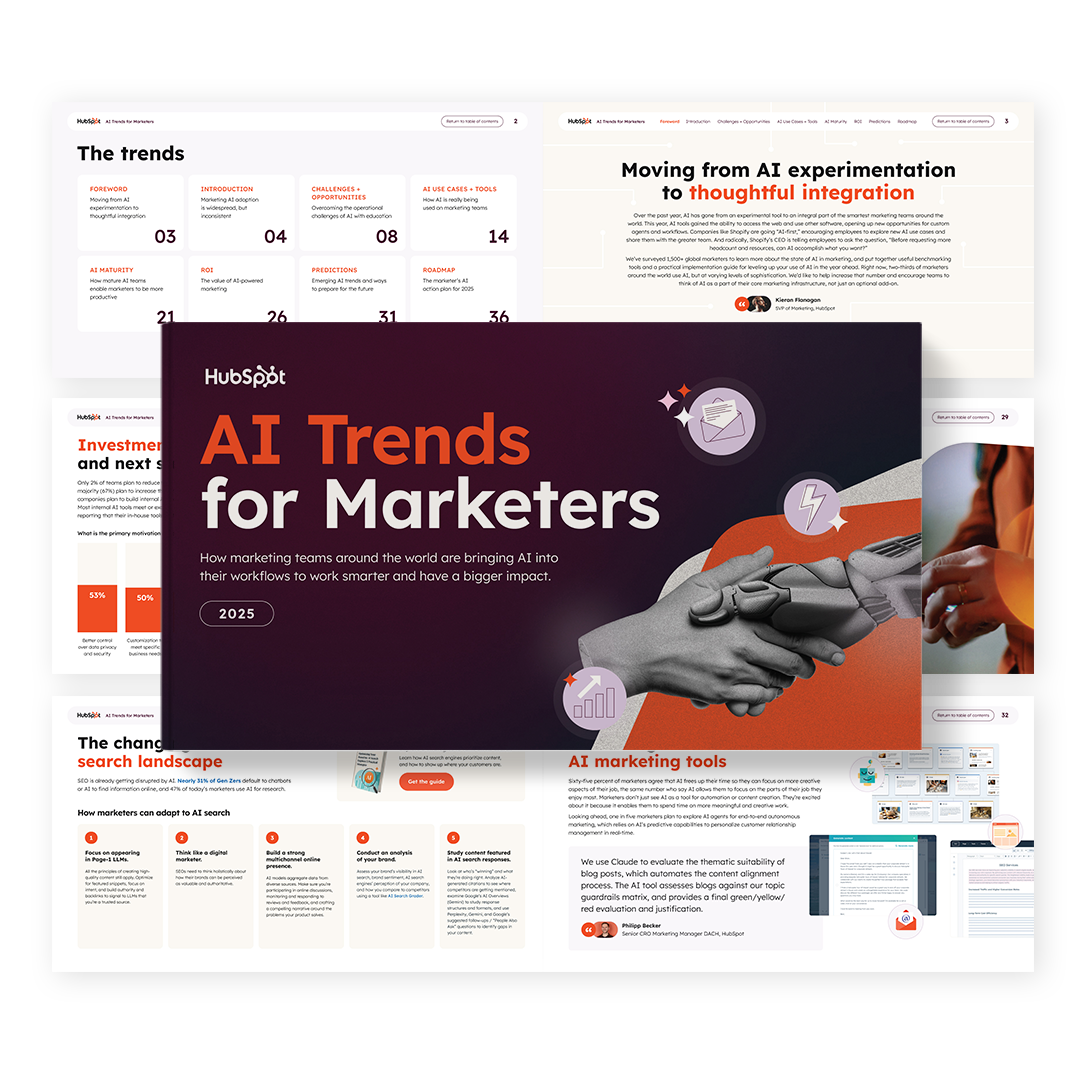
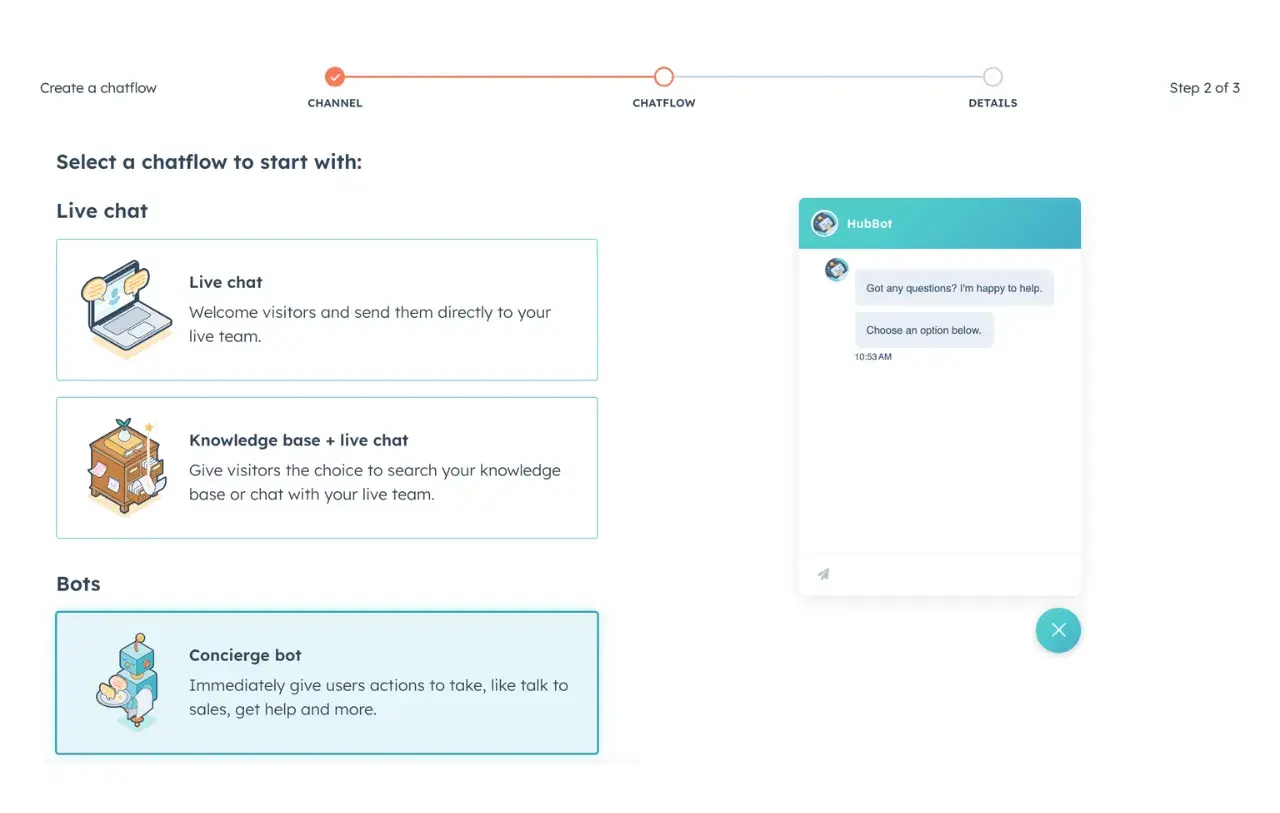
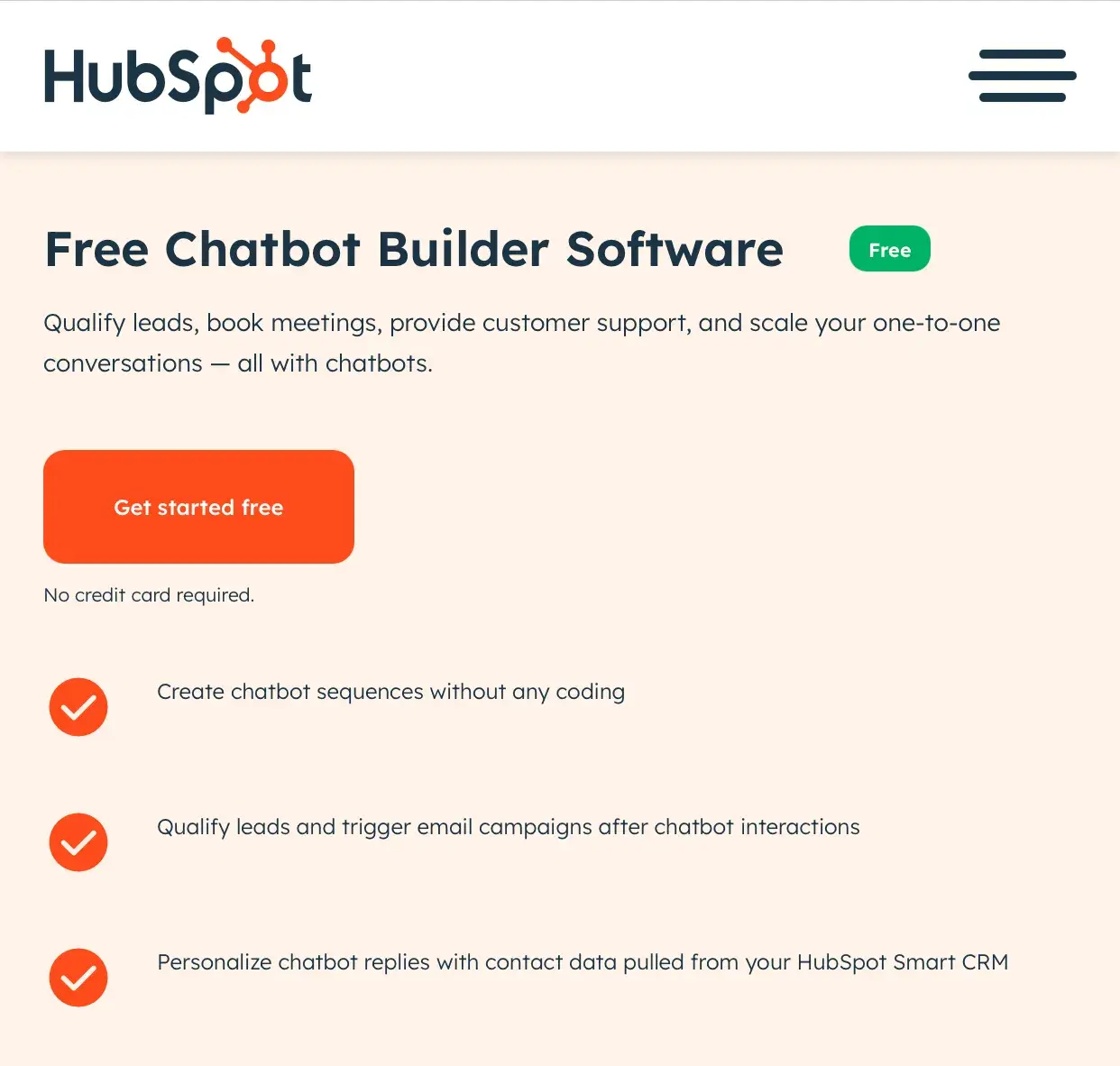
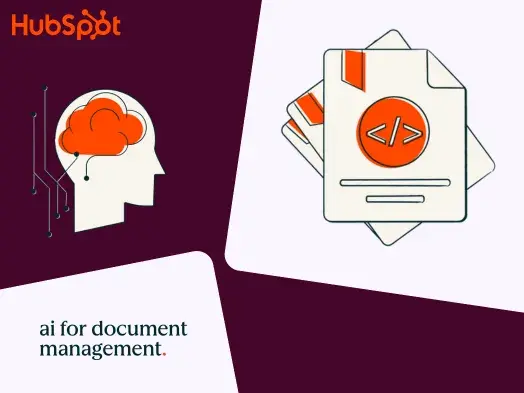
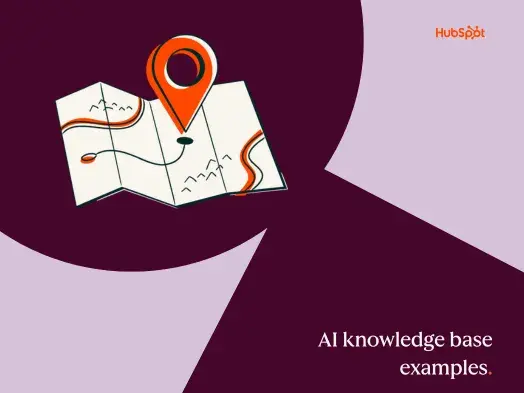
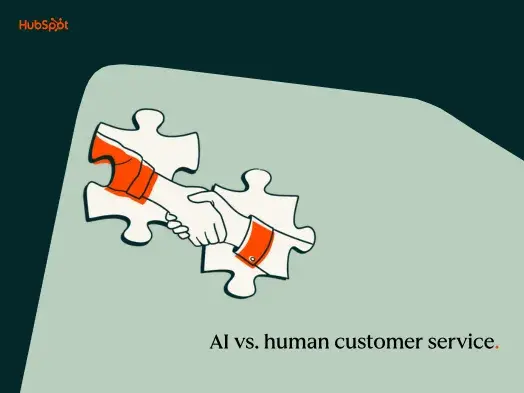

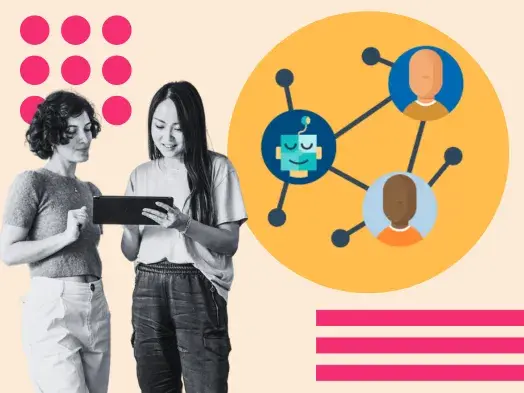
![How AI Can Unlock Customer Insights [+Expert Tips]](https://53.fs1.hubspotusercontent-na1.net/hubfs/53/customer-insights-ai-1-20241101-2082956.webp)
